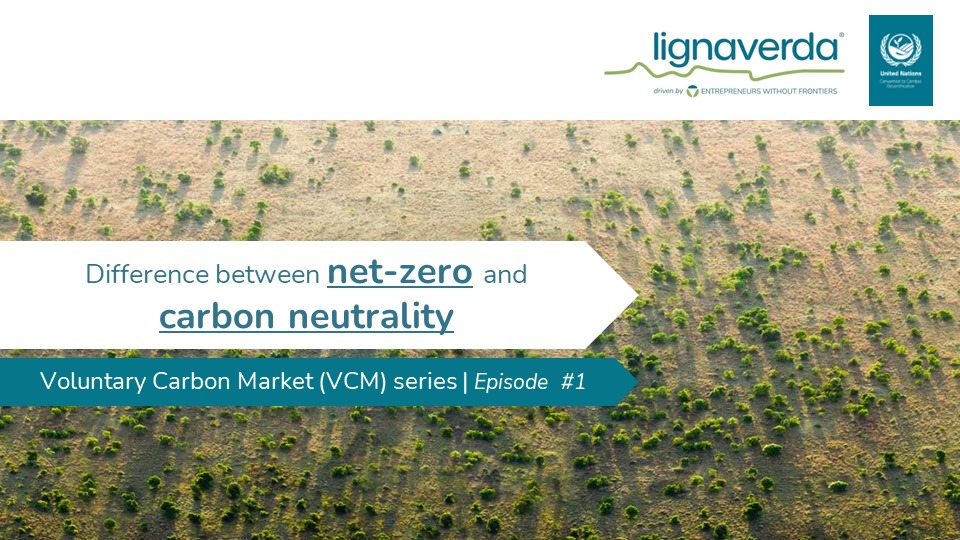“Carbon neutral” and “net zero” are terms often used in the context of environmental sustainability and climate action, but they have different meanings…
Carbon Neutral:
- Definition: Achieving carbon neutrality means balancing the amount of greenhouse gasses emitted with an equivalent amount of emissions removed or offset. Companies can do that by investing in projects that reduce or capture emissions, such as reforestation or renewable energy projects.
- Scope: It primarily focuses on balancing carbon dioxide emissions that cannot be reduced within a company’s value chain. It may also include other greenhouse gasses.
- Timeline: Achieving carbon neutrality can be an ongoing process. An entity may still emit carbon as long as it is offset by equivalent removals.
Net Zero:
- Definition: A company that strives for Net Zero emissions will try to reduce total greenhouse gas emissions and compensate residual emissions through initiatives within their value chain.
- Scope: It encompasses all greenhouse gas emissions within an entity’s value chain. It includes carbon dioxide, methane, and other pollutants.
- Timeline: The goal of reaching net zero implies that all emissions need to be balanced or offset, resulting in no net contribution of the entity’s value chain to the overall increase in greenhouse gasses.
In summary, while “carbon neutral” specifically offsets carbon emissions through projects outside of an entity’s value chain, “net zero” will do this within the value chain. Both concepts are essential in the broader effort to mitigate climate change and achieve a sustainable and environmentally friendly future.



